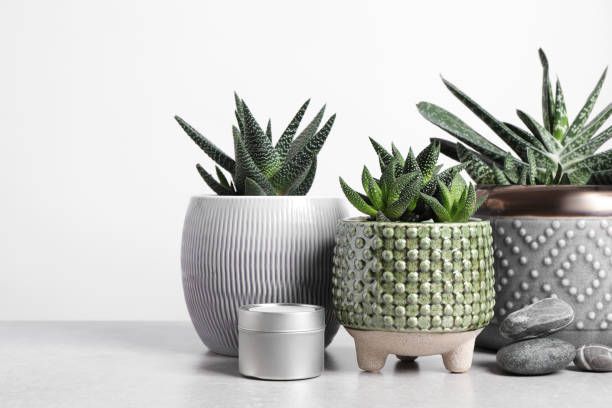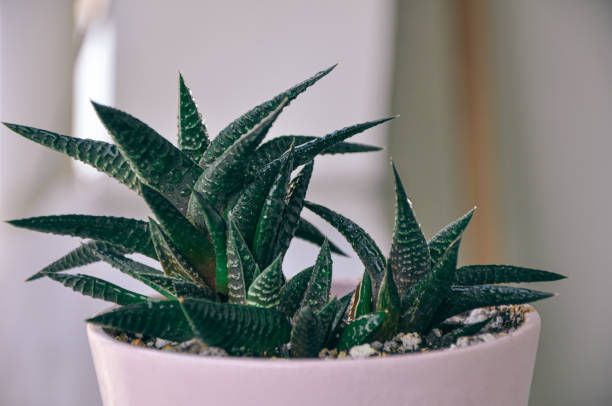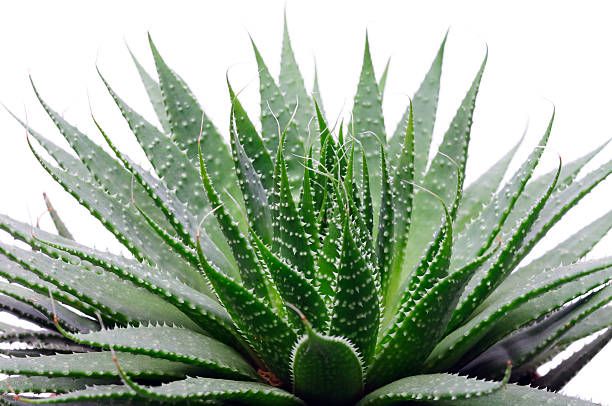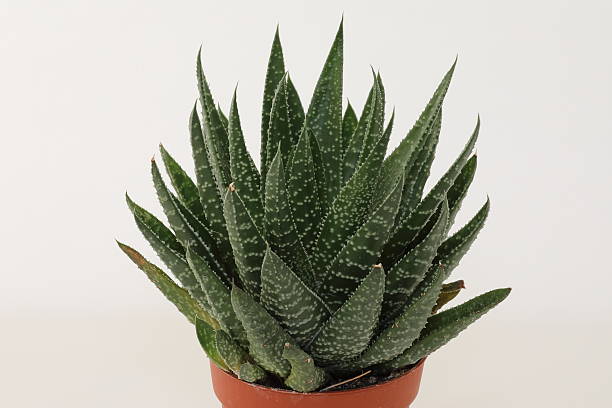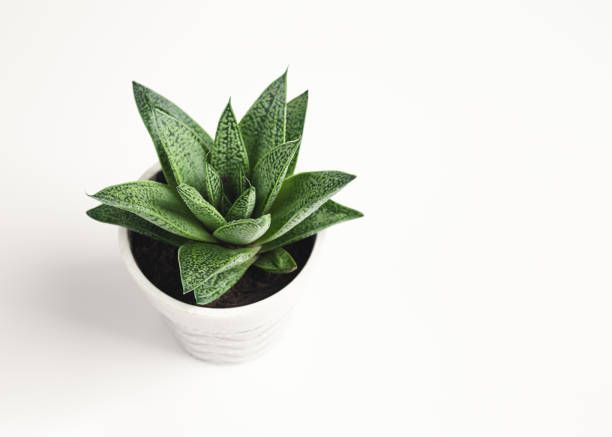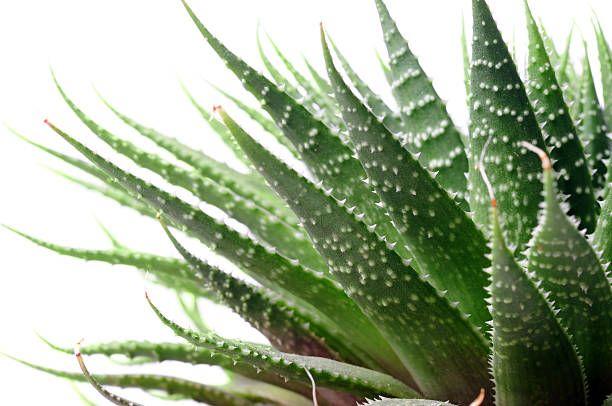Gasteria
| Botanical Name: | Gasteria spp |
| Common Name: | Gasteria, ox-tongue, cow-tongue, lawyer's tongue and, occasionally, mother-in-law's tongue |
Care
Easy
Humidity
Dry - Medium
Sun
Full Sun
| Botanical Name | Gasteria spp |
| Common Names | Gasteria, ox-tongue, cow-tongue, lawyer's tongue and, occasionally, mother-in-law's tongue |
| Care | Easy |
| Humidity | Dry - Medium |
| Sun Exposure | Full Sun |
| Temperature | 64°F |
| Height | 4-24 in. |
| Spread | 12 in. |
| Soil | Sandy, well-drained |
| Growth rate | Slow |
| Life Cycle | Perennial |
Gasteria Care
Gasteria Species and Cultivars
Propagating Gasteria
Potting and Repotting Gasteria
Common Pests & Plant Diseases
From same family
ExploreFrequently asked questions
- Is Gasteria the same as haworthia?
Both are native to South Africa and look like small aloe plants, but they are different species of the same plant family.
- Does gasteria flower?
Different species have different colors and shapes of flowers, but most bloom from late winter to early spring on long stems.
- Do gasteria like to be root-bound?
Root-bound plants don't do well. Since gasteria grows slowly, it probably won't be root-bound, but if it does get there, it's time to move it to a bigger pot.
